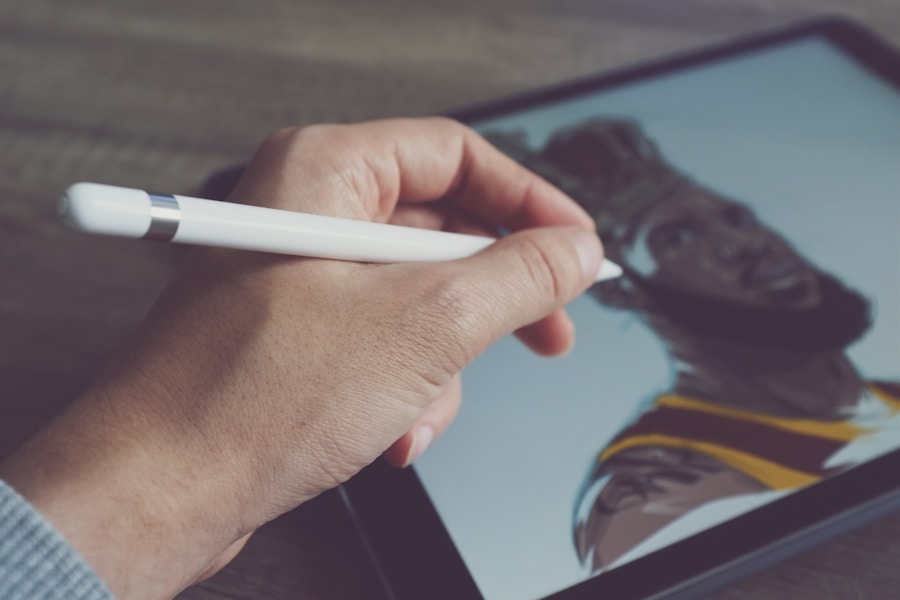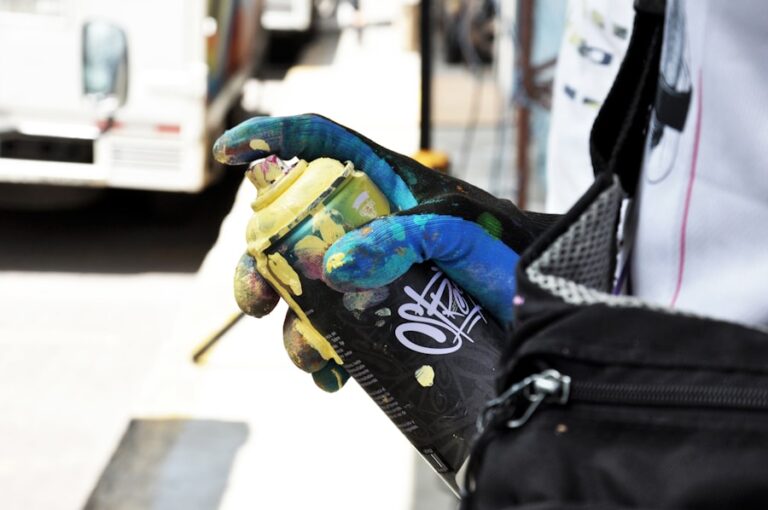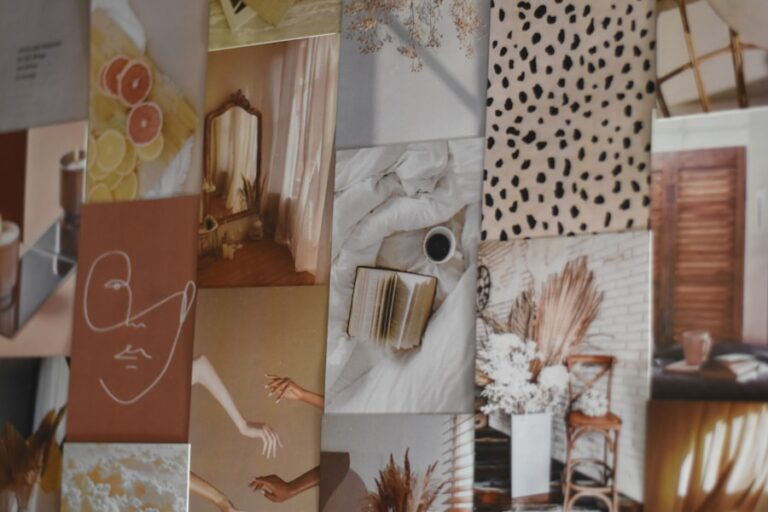The Ultimate Guide to Creating Stunning Digital Art on iPad
When it comes to creating digital art on an iPad, choosing the right device and accessories is crucial. The first decision to make is which iPad model to invest in. The iPad Pro is often the preferred choice for digital artists due to its larger screen size, powerful processor, and compatibility with the Apple Pencil. The iPad Air and standard iPad models are also viable options, but may not offer the same level of performance and features as the Pro. Additionally, investing in a high-quality stylus, such as the Apple Pencil or a third-party alternative, is essential for precise and responsive drawing and painting. Screen protectors and cases are also important accessories to consider, as they can help protect your iPad from damage and provide a more comfortable drawing experience. Ultimately, choosing the right iPad and accessories for digital art comes down to personal preference and budget, but it’s important to prioritize performance and functionality to ensure a seamless creative process.
When it comes to accessories, investing in a stand or holder for your iPad can also greatly enhance your digital art experience. This will allow you to position your iPad at a comfortable angle for drawing and painting, reducing strain on your wrists and neck. Additionally, a Bluetooth keyboard can be a useful accessory for digital artists who prefer to use text and typography in their work. Finally, investing in a high-quality pair of headphones or speakers can help create an immersive environment for creating digital art, allowing you to focus and block out distractions. Overall, choosing the right iPad and accessories for digital art is a crucial step in setting yourself up for success as a digital artist.
Exploring the Best Digital Art Apps for iPad
Once you have your iPad and accessories set up, the next step is to explore the best digital art apps available for iPad. Procreate is often considered the gold standard for digital art creation on iPad, offering a wide range of brushes, tools, and features for drawing, painting, and illustration. Its intuitive interface and powerful performance make it a favorite among professional digital artists. Adobe Fresco is another popular choice, offering realistic watercolor and oil painting brushes, as well as integration with Adobe Creative Cloud for seamless workflow between devices. For vector-based illustration and design, Affinity Designer is a top contender, providing a robust set of tools for creating scalable artwork. Other notable digital art apps for iPad include Autodesk SketchBook, Tayasui Sketches, and ArtRage, each offering unique features and capabilities for digital art creation. Ultimately, exploring the best digital art apps for iPad comes down to personal preference and the specific needs of your creative process, so it’s important to experiment with different apps to find the right fit for you.
In addition to standalone digital art apps, many artists also utilize apps for photo editing and manipulation in their creative process. Adobe Photoshop for iPad and Adobe Lightroom are powerful tools for editing and enhancing photos, which can be incorporated into digital art projects. Additionally, apps like Procreate Pocket and Adobe Illustrator Draw offer mobile versions of popular desktop software, allowing artists to create on the go. Whether you’re looking for a comprehensive digital art app or specific tools for photo editing and vector illustration, there are plenty of options available for iPad users. Exploring the best digital art apps for iPad is an exciting journey that can greatly enhance your creative capabilities and productivity as a digital artist.
Mastering the Basics of Digital Art Techniques on iPad
Once you have your iPad, accessories, and preferred digital art apps in place, it’s time to master the basics of digital art techniques on iPad. Understanding fundamental drawing and painting techniques is essential for creating high-quality digital artwork. Whether you’re new to digital art or transitioning from traditional media, learning how to effectively use layers, brushes, blending modes, and other tools within your chosen app is crucial. Experimenting with different brush types and settings can help you develop a unique style and approach to digital art. Additionally, mastering techniques such as shading, highlighting, and texture creation can greatly enhance the depth and realism of your digital artwork. It’s important to take the time to practice and refine these basic techniques in order to build a strong foundation for your digital art skills.
In addition to technical skills, mastering the basics of composition and visual storytelling is essential for creating compelling digital art. Understanding concepts such as balance, contrast, focal points, and perspective can help you create visually engaging artwork that resonates with viewers. Experimenting with different compositions and visual narratives can help you develop your own artistic voice and style. Additionally, studying the work of other artists and seeking feedback from peers can provide valuable insights into how to improve your composition and storytelling skills. Ultimately, mastering the basics of digital art techniques on iPad requires dedication, practice, and a willingness to continually learn and grow as an artist.
Understanding Color Theory and Composition for Digital Art
Color theory is a fundamental aspect of creating impactful digital art, as it can greatly influence the mood, atmosphere, and visual appeal of your artwork. Understanding concepts such as color harmony, contrast, temperature, and value can help you effectively use color in your digital artwork. Experimenting with different color palettes and combinations can help you develop a strong sense of color theory and how it applies to your artistic style. Additionally, utilizing color theory tools within your chosen digital art app can provide valuable insights into how to effectively use color in your artwork. Whether you’re creating vibrant illustrations or moody landscapes, understanding color theory is essential for creating visually compelling digital art.
In addition to color theory, understanding composition is crucial for creating visually engaging digital art. Composition refers to how elements are arranged within an artwork to create a sense of balance, harmony, and visual interest. Experimenting with different compositions can help you develop a strong sense of visual storytelling and how to effectively guide the viewer’s eye through your artwork. Understanding concepts such as rule of thirds, leading lines, and negative space can provide valuable insights into how to create impactful compositions in your digital artwork. Ultimately, understanding color theory and composition for digital art requires a willingness to experiment, learn from others, and continually refine your artistic skills.
Utilizing Advanced Tools and Features for Professional Digital Art
As you become more proficient in digital art techniques and gain a deeper understanding of color theory and composition, it’s important to explore advanced tools and features within your chosen digital art app. Many professional-grade apps offer a wide range of advanced tools such as custom brush creation, layer effects, perspective guides, 3D modeling, and animation capabilities. These advanced tools can greatly expand your creative possibilities and allow you to push the boundaries of what’s possible with digital art. Additionally, exploring advanced features such as time-lapse recording, custom color palettes, and export options can help streamline your workflow and enhance your productivity as a digital artist.
In addition to advanced tools within your chosen app, it’s also important to explore third-party plugins and add-ons that can further enhance your digital art capabilities. Many apps offer support for plugins that provide additional brushes, effects, filters, and other creative tools that can greatly expand your artistic toolkit. Additionally, investing in a graphics tablet or drawing monitor that’s compatible with your iPad can provide a more traditional drawing experience with pressure sensitivity and tilt recognition. Whether you’re looking to create intricate illustrations or immersive animations, utilizing advanced tools and features for professional digital art can greatly enhance your creative capabilities.
Tips and Tricks for Creating Unique and Eye-Catching Digital Art on iPad
Creating unique and eye-catching digital art on iPad requires a combination of technical skill, creativity, and experimentation. One tip for creating standout digital artwork is to explore different styles and techniques that push the boundaries of what’s possible with your chosen app. Whether it’s experimenting with unconventional brush types or incorporating mixed media elements into your artwork, embracing creativity and taking risks can lead to truly unique results. Additionally, seeking inspiration from other artists across different mediums can provide valuable insights into how to create visually striking artwork that stands out from the crowd.
Another tip for creating eye-catching digital art on iPad is to focus on storytelling and emotion in your artwork. Whether you’re creating character illustrations or immersive landscapes, infusing your artwork with narrative elements and emotional depth can greatly enhance its impact on viewers. Experimenting with different visual storytelling techniques such as symbolism, metaphor, and visual metaphors can help you create artwork that resonates with viewers on a deeper level. Additionally, seeking feedback from peers and mentors can provide valuable insights into how to effectively convey emotion and narrative in your artwork. Ultimately, creating unique and eye-catching digital art on iPad requires a willingness to experiment, take risks, and continually refine your artistic skills.
Showcasing and Sharing Your Digital Art Masterpieces from iPad
Once you’ve created stunning digital art masterpieces on your iPad, it’s time to showcase and share your work with the world. One way to showcase your artwork is by creating an online portfolio or website where you can display high-quality images of your artwork along with information about your creative process and inspiration. Platforms such as Behance, Dribbble, ArtStation, or personal websites are popular choices for showcasing digital art portfolios. Additionally, participating in online communities such as Reddit’s r/DigitalArt or DeviantArt can provide valuable exposure for your artwork while connecting you with other artists.
In addition to showcasing your artwork online, it’s important to actively share your work on social media platforms such as Instagram, Twitter, Facebook, or TikTok where you can reach a wider audience of potential fans and clients. Utilizing hashtags relevant to digital art or specific themes within your artwork can help increase visibility and engagement with your posts. Additionally, participating in online challenges or collaborations can provide valuable exposure while connecting you with other artists in the community. Ultimately, showcasing and sharing your digital art masterpieces from iPad requires an active presence online along with a willingness to engage with others in the creative community.
In conclusion, creating digital art on iPad offers endless possibilities for artists looking to explore new creative horizons. By choosing the right iPad model and accessories, exploring the best digital art apps available for iPad, mastering the basics of digital art techniques on iPad, understanding color theory and composition for digital art, utilizing advanced tools and features for professional digital art, implementing tips and tricks for creating unique and eye-catching digital art on iPad, showcasing and sharing your digital art masterpieces from iPad – artists can unlock their full creative potential while reaching new audiences around the world. Whether you’re an experienced professional or just starting out on your artistic journey – creating digital art on iPad is an exciting adventure that offers endless opportunities for growth and expression.






